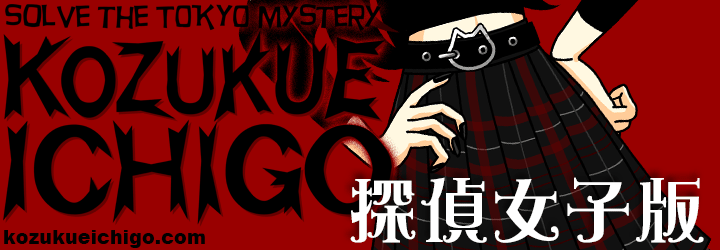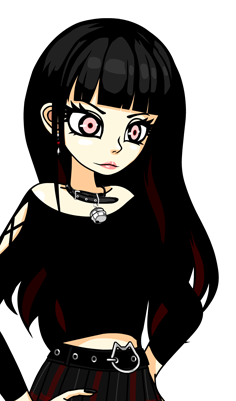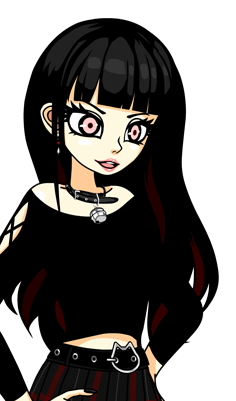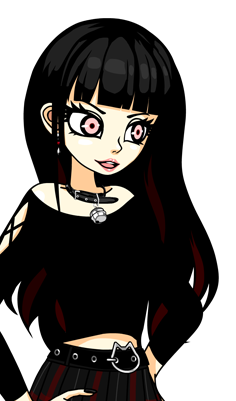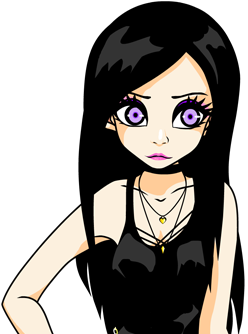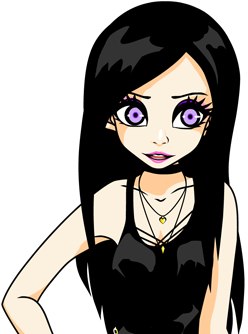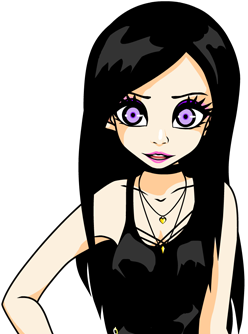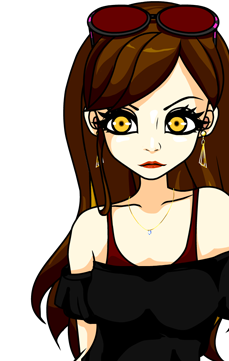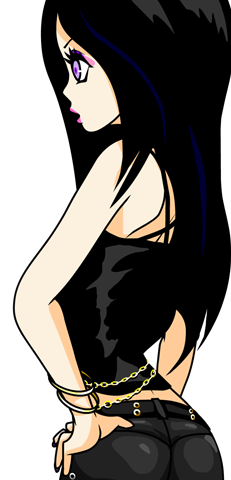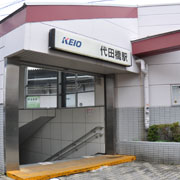
- This is the Meidaimae Station.
- Why is it this name?
- Station in front of Meiji University.
- There are not other reasons.
- Exactly.
- This is the Meiji University.
- It was Matsubara Station before a university was done.
- Why Matsubara?
- The address is Matsubara.
- It was a different station name before Matsubara.
- What did the front of it have a station before?
- This is the today's quiz.
- Today's quiz?
- What was the yesterday's quiz?
- Nothing.
- Answer early.
- Do you know the pond in this station?
- I have never seen the pond.
- The name of the pond was Mujiko.
- It means the Muji lake in English.
- MU-JI-KO means that there is not an accident in Japanese.
- Is there the pond now?
- It was broken in 2006.
- When they broke it, train accidents has happened.
- Oh my god.
- This story is scary.
- Hey, Do you remember my quiz?
- What is that?
- It was a different station name before Matsubara Station.
- I don't know.
- The front of Powder magazine Station.
- Why do you know?
- I checked it with a smartphone now.
- You.
- It is the Edo era.
- Now, The place is The Moat burial ground of Tsukiji Honganji Temple.
- I return alone.
- You are mean.
- She is angry.
- Hey, I will talk about History of Sangenchaya.



